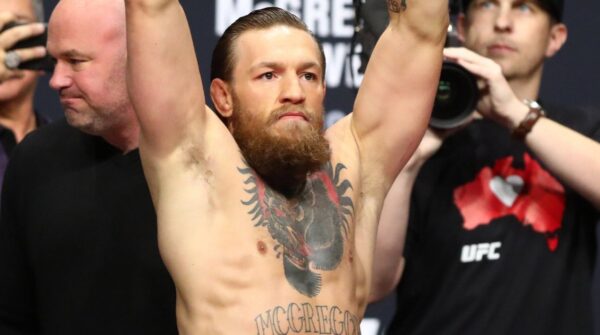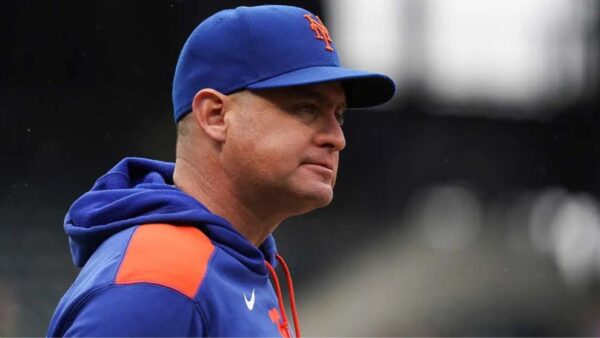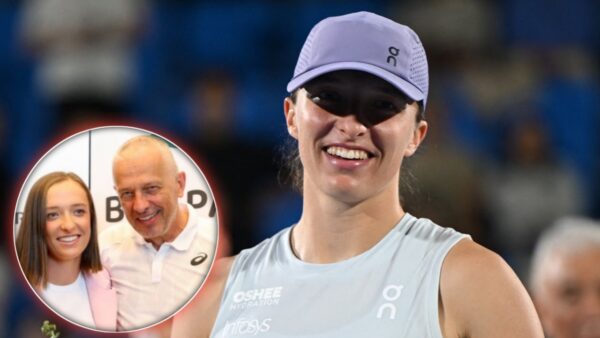What are Australian Open courts made of?
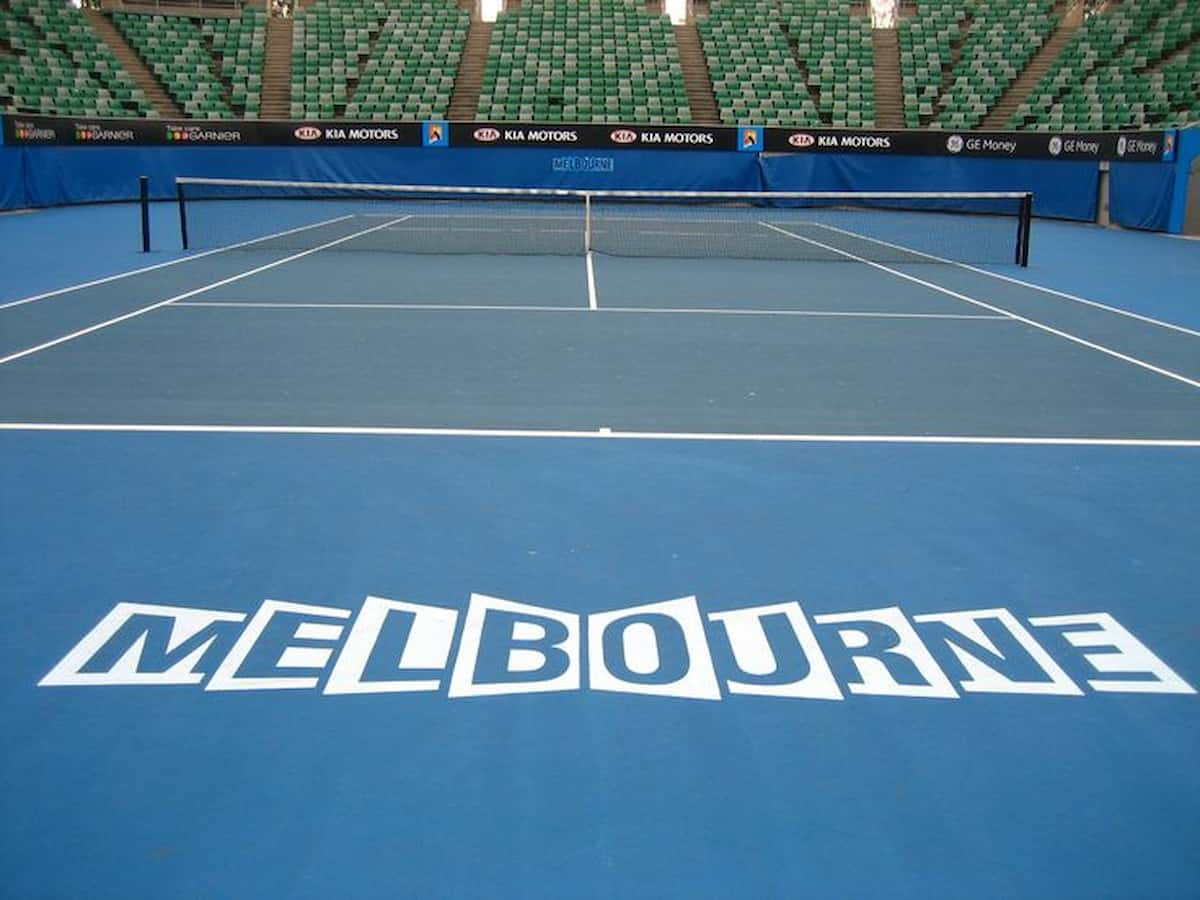
Australian Open Court
🔍 Explore this post with:
The Australian Open is played on a hard court surface, just like the U.S. Open. It is one of the three prominent surfaces used in tennis. A hard court in the Australian Open is made of cushion acrylic. The mix consists of a primer, an acrylic resurfacer, an acrylic cushion, and an acrylic top coat. It has layers of acrylic resin and silica atop a concrete or asphalt base.
The more layers used, the more flexibility it gives the surface. The hard courts at the Australian Open are manufactured by Greenset Worldwide, a hardcourt supplier. The AO shifted to these suppliers in 2020 but retained their traditional blue-colored surface. The hardcourt in Melbourne Park, however, is not the same as the one in Queens, New York.
The AO started as a grass court surface just like the U.S. Open. But over the years both shifted to these hard courts. Innovation might be a reason but, hard courts are relatively easy to maintain. Grass courts require a lot of maintenance on the other hand. This plexicushion surface retains less heat and guarantees medium to medium-fast pace
The International Tennis Federation has classified all surfaces into five categories depending on the pace of the surface. According to them, the surfaces at Melbourne Park are “Medium Fast” which is “Category-4”.
Related: All you need to know about the Australian Open Trophies
History of the Australian Open surfaces – Melbourne Park
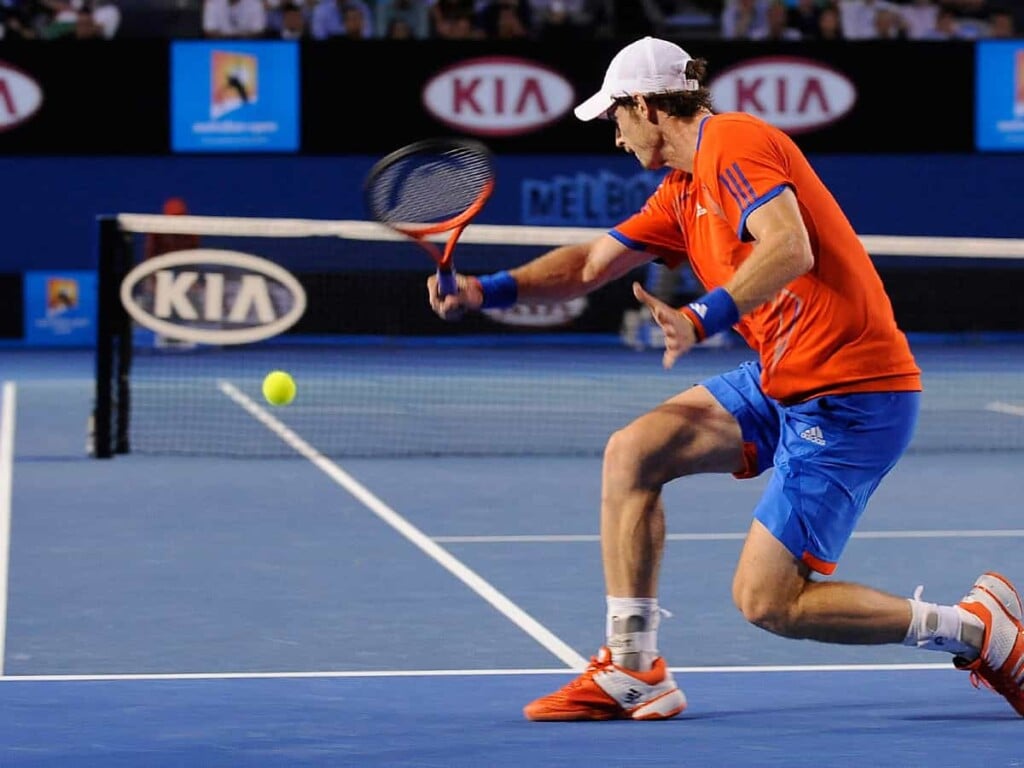
The AO has had three different hard court providers since their move from grass court in 1988. From 1905 to 1988, the Australian Open used grass surfaces for all their courts. Since then, suppliers like Rebound Ace, California Sports, and now Greenset are providing them the hard court surfaces. However, as a part of innovation and to provide longer rallies that please the audience, the shift from grass to hard court happened.
In 1988, after a steady decrease in the popularity of the AO, the organizers decided to make some significant changes. The shift of the venue and the type of surface are a few of these. As a result of which the tournament saw a 75% increase in its attendance. It indicated that these changes worked brilliantly. However, this new hard court built in 1988 had its drawbacks. Many players complained about the inconsistent pace and bounce.
The local star, Lleyton Hewitt often raised his concerns regarding the surface. All the changes brought in by Tennis Australia were to provide better matches and tournaments overall. All in all, one might fail to recognize these changes as all these are hard courts per se but, beneath these surfaces, there are a lot of modifications being done.
Continue Reading:
Victoria Azarenka accomplishes rare feat at Australian Open following Naomi Osaka’s withdrawal

